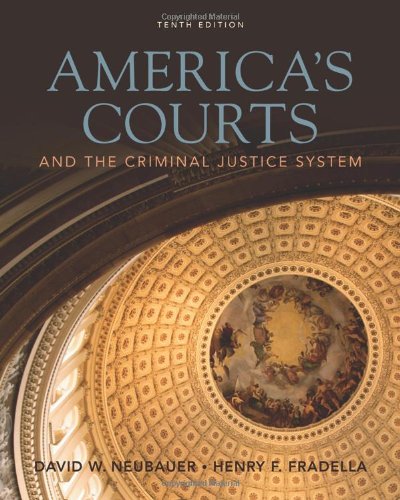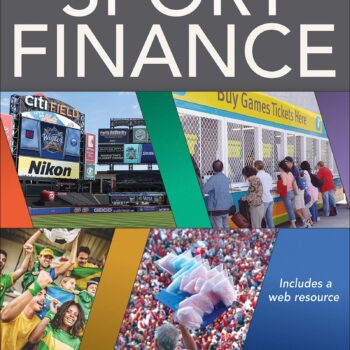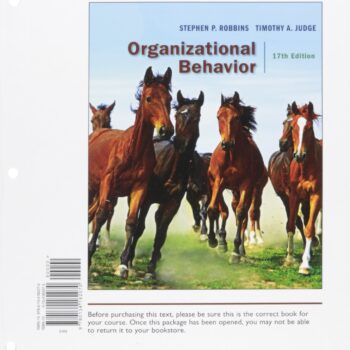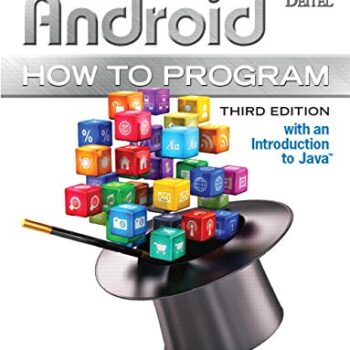
Test Bank For America’s Courts and the Criminal Justice System 10th Edition by David W. Neubauer
Original price was: $55.00.$22.00Current price is: $22.00.
Digital item No Waiting Time Instant DownloadISBN-13: 978-0495809906 ISBN-10: 049580990X
The Test Bank for America’s Courts and the Criminal Justice System, 10th Edition by David W. Neubauer explores the core concepts of the United States l egal system as part of its syllabus. This test bank examines judges, prosecutors, and defense attorneys and how each of them interacts with the courtroom in America. It assists students in understanding how each of these players makes an impact o n the criminal justice system through practical experiences and examples.
Topics About the Business of This Test Bank
As its name, this edition concerns itself with criminal cases and the court system of America. Major focus:
- Functions, roles, and jurisdiction of the components of the state and federal judiciaries
- The responsibilities and power that are held by the players in a courtroom such as judges and prosecutors
- Different stag es of a normal trial including the pre-trial stage
- Factors that relate to society that influence the administration of criminal justice
These topics are interesting to the students, as they provide them students an understanding nding of the impact of court outcomes on society in general. This knowledge is relevant to any member of the public but is particularly relevant to those intending to work in law enforcement or other related fields of criminal justice.
Advantages Of Using This Test Bank
This test bank makes the concepts related to the field of criminology a nd criminal law less complicated. Legal views get transformed into divided question answers which enhance students’ exam preparation levels and cement th r knowledge base. Some of the advantages probably given in this test bank are as follows:
- Real-life Scenario Based Practice Questions
- Knowledge about the func tioning of the criminal court system.
- A better sense of preparedness for examinations has been provided to law and criminology students.
- Appreciation of how different personalities within the law system such as defense lawyers and judges operate.
Throug h the use of this test bank which emulates real-life acquired experiences, students are able to have a practical un derstanding of criminal justice which is important in law professions.
Reasons For Choosing This Test Bank
This is a very important resource for learners and practitioners of criminal justice. It highlights the core principles of operation of the Courts in the US while making the complicated sections easier to comprehend. With practical resources, no better test bank prepares learners for both the classroom and the real world.
Summary
Test Bank for America’s Courts and the Criminal Justice System, 10th Edition provides good coverage on leadership roles of judges, prosecutors, and defense lawyers as well as societal implications of the court system. This is a test bank that is intriguing for the hands-on approach provided to us as a student or a legal hobbyist seeking more knowledge and performance in examinations.
Test Bank For America’s Courts and the Criminal Justice System 10th Edition by David W. Neubauer
Chapter 3 FEDERAL COURTS TEST BANK
MULTIPLE CHOICE
1.The United States has a dual court system. This means that there are
|
a. |
county courts and district courts. |
c. |
criminal courts and civil courts. |
|
b. |
trial courts and appellate courts. |
d. |
state courts and federal courts. |
ANS: D REF: 59 OBJ: 1
2.Which of the following is true of appellate courts?
|
a. |
The function of an appellate court is to carefully review the facts that were presented at a defendant’s criminal trial. |
|
b. |
Appellate court decisions are always made by a group of judges; decisions are never made by a single judge. |
|
c. |
Appellate courts, like trial courts, may hear testimony from witnesses, conduct trials, or use juries. |
|
d. |
All of the above are true. |
ANS: B REF: 63 OBJ: 2
3.Original and appellate jurisdiction fall under what classification of jurisdiction?
|
a. |
geographical jurisdiction |
c. |
hierarchical jurisdiction |
|
b. |
subject matter jurisdiction |
d. |
general jurisdiction |
ANS: C REF: 62 OBJ: 2
4.What federal court has original jurisdiction over disputes between states?
|
a. |
Non-Article III Court |
c. |
Court of Appeals |
|
b. |
District Court |
d. |
Supreme Court |
ANS: D REF: 62 OBJ: 1
5.An example of a court with subject matter jurisdiction is
|
a. |
traffic court. |
c. |
small claims court. |
|
b. |
juvenile court. |
d. |
all of the above. |
ANS: D REF: 61 OBJ: 1
6.During the late 1700s advocates of states’ rights were known as
|
a. |
Anti-Federalists. |
c. |
Statesmen. |
|
b. |
Federalists. |
d. |
Nationalists. |
ANS: A REF: 65 OBJ: 3
7.Which Article of the U.S. Constitution provides the basis for the federal judiciary?
|
a. |
Article I |
c. |
Article III |
|
b. |
Article II |
d. |
Article IV |
ANS: C REF: 65 OBJ: 3
8.Which of the following is not true of federal district judges?
|
a. |
They are nominated by the president. |
|
b. |
They must be confirmed by the U.S. Senate. |
|
c. |
They must reside in their district. |
|
d. |
There is only one judge per district. |
ANS: D REF: 65 OBJ: 3
9.There are _____________ District Courts in the federal system.
|
a. |
50 |
c. |
94 |
|
b. |
64 |
d. |
114 |
ANS: C REF: 69 OBJ: 3
10.In 1968 Congress created U.S. magistrate judges to replace the position of
|
a. |
U.S. commissioners. |
c. |
bankruptcy judges. |
|
b. |
U.S. attorneys. |
d. |
the U.S. Sentencing Commission. |
ANS: A REF: 66 OBJ: 3 and 4






